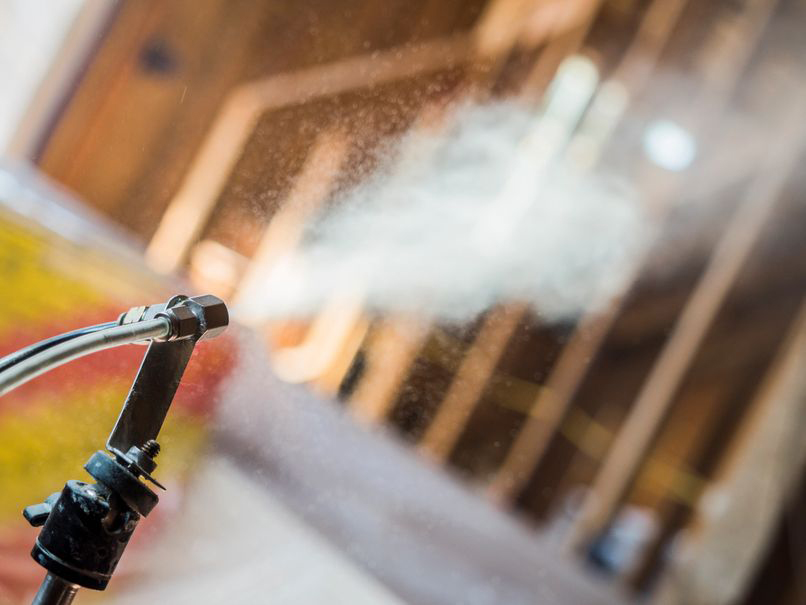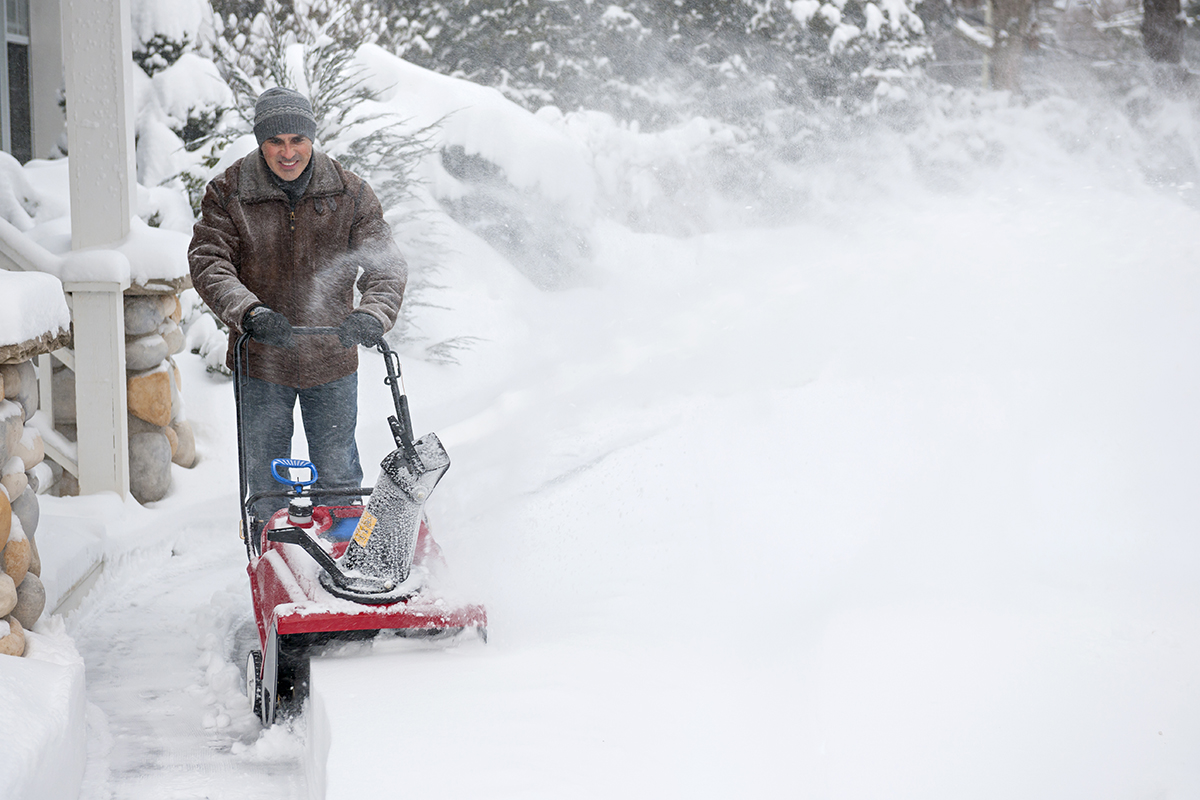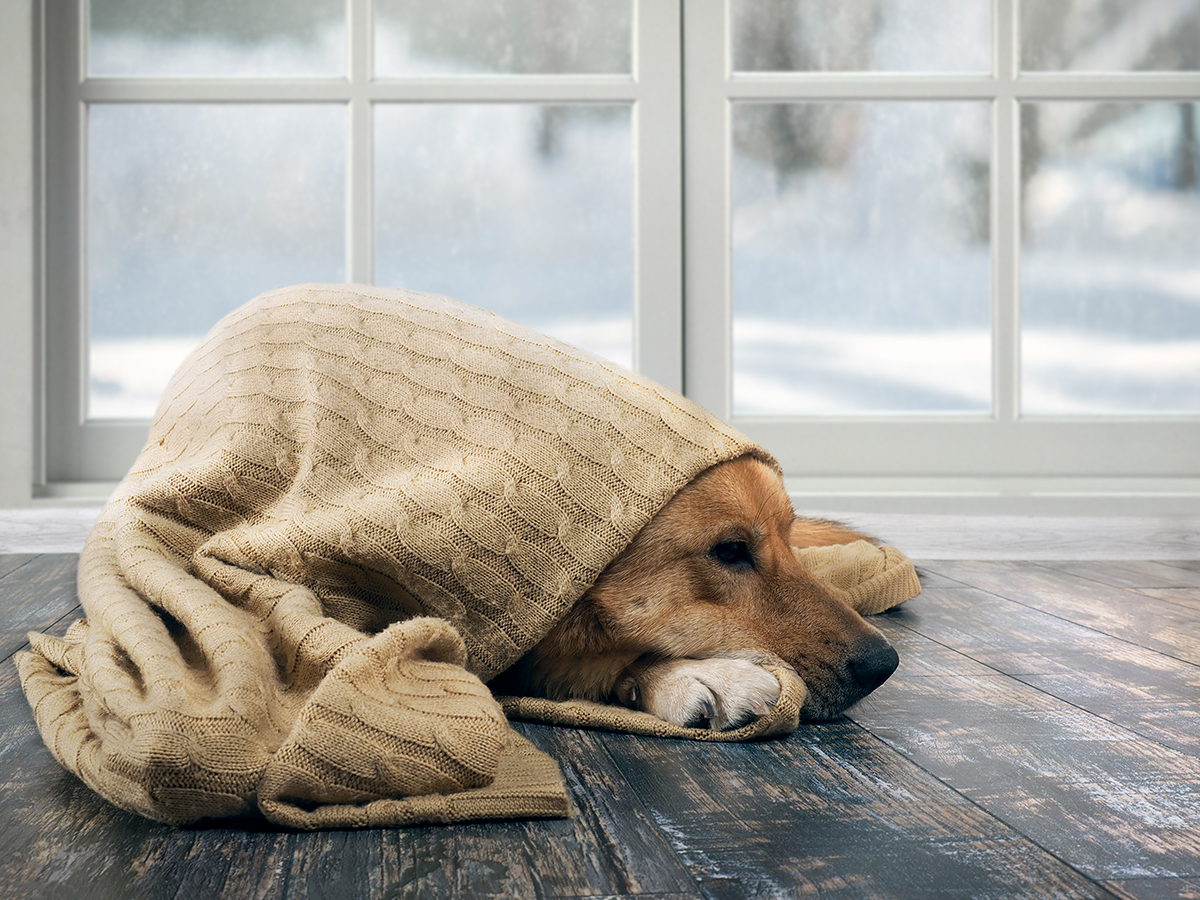WRITER | TRAVIS BRYNES
PHOTO | PAUL DAVIS RESTORATION OF WEST MICHIGAN
During months spent Covid-quarantining, you may have noticed signs of mold damage to your home. Discolored ceiling tiles and blackened areas in the basement are classic, but not all mold lurking in your home may be as obvious.
While an undiscovered mold problem may lead to structural and property damage, there are potential health implications as well. These range from allergic reactions, asthma attacks, and chronic sinus problems to poisoning by mycotoxins and fungal infections. Toxic mold exposure can also cause memory loss, insomnia, anxiety, depression, lack of focus, and confusion.
Most everyone knows that mold and mildew build up over time in damp, unventilated areas – an unused basement bedroom with its door and vent kept closed, for example, can create the perfect environment.
In addition to the familiar warning signs of a musty smell or feeling sick, there are other indicators of a mold problem you may not be aware of. For instance, the development of mold on bread or produce within just a few days after purchase could indicate a high number of airborne spores in your home. Other signs to watch for include:
- bubbles and cracks in paint or wallpaper
- bulging or warped walls and baseboards
- excessive condensation
- persistent appearance of ants or other insects
- lumpy attic insulation
- soft or squishy floors
- laundry that sours after a few hours
So, what should you do?
Keep the doors in unused rooms cracked and the vents open to allow fresh air to circulate and reduce moisture in the air. Never ignore a water loss or spill. Take extra precautions in a modern home, as they are built to be airtight, so there is no natural ventilation. Even a toilet overflowing can lead to trapped water in the floor, leading to mold growth. Avoid placing planters and landscaping against exterior walls, as this can cause mold to grow in drywall and insulation. Lastly, make sure that your roof and flashings are kept in good condition. It’s a good idea to assess potential sources of leaks regularly.
When should you call a professional?
Should you notice any of the signs listed earlier in this article, you may want to have a professional take a look. Generally, anything less than ten square feet is considered safe to remove on your own. However, if you find that the mold keeps coming back, it may be time to get help. It is also worth noting that the damage may be worse than it appears. Be aware that if the problem has been allowed to persist for a while, your insurance may not cover the resulting damage.
If you have significant water loss that gets on a finished surface, call your home insurance provider. They can often dispatch an adjuster to determine if there is claim potential. The adjuster may suggest professional mold remediation to correct the moisture problem and remove moldy and contaminated materials to prevent human exposure and further damage to your home and furnishings.
If you do need to call a remediation expert, be prepared as you may need to move out while the contaminated material is being cleared away.








